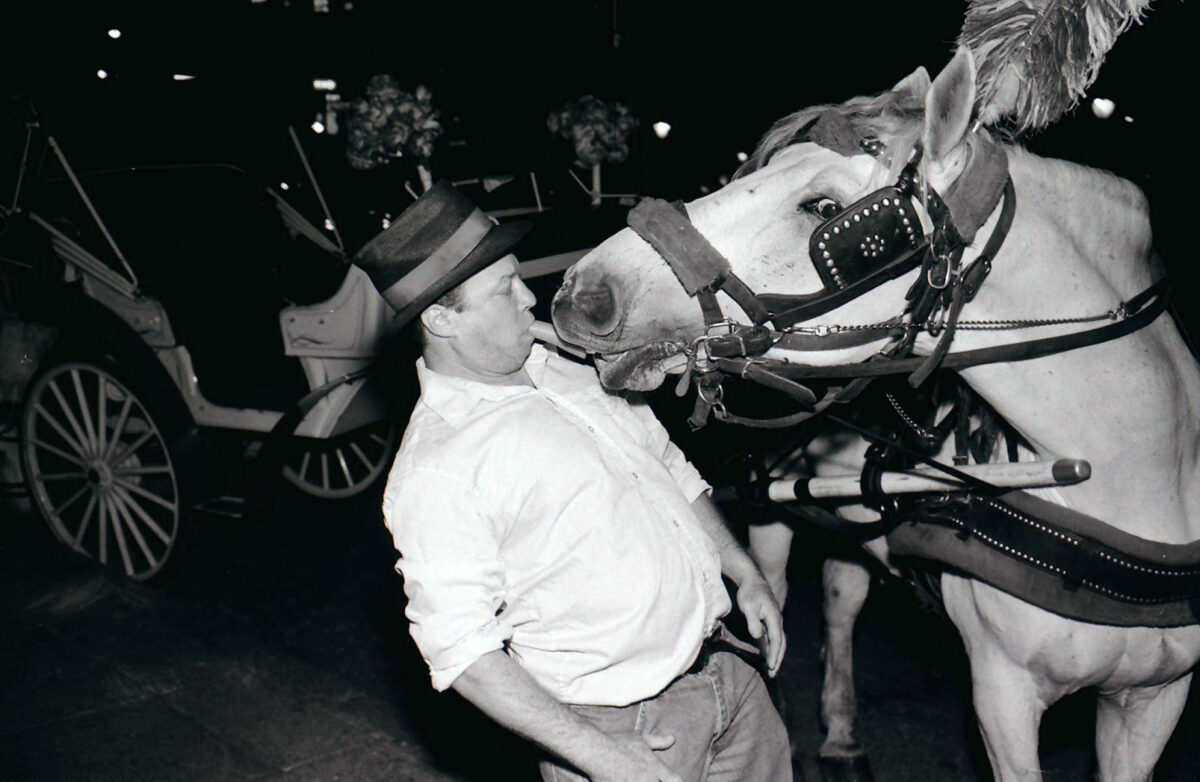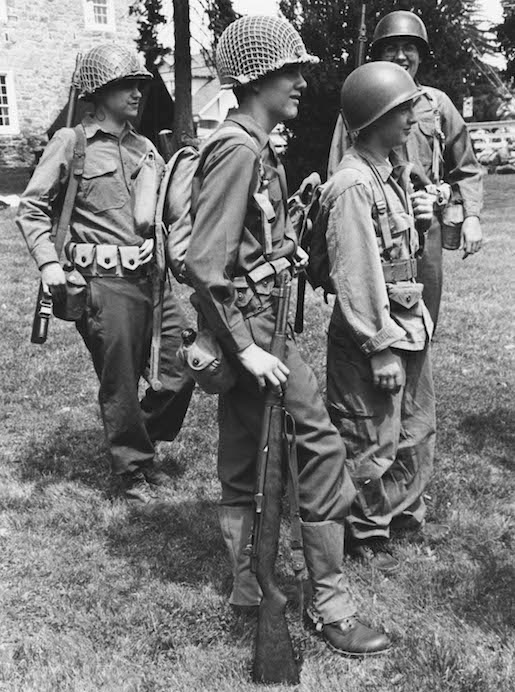Many black and white analog photographers don’t realize the range of processes available to make their creative dreams become a reality. Some of these wonderful processes date back to mid nineteenth century, but are still in use today to make beautiful photographic images. The following descriptions of some of these of these processes was prepared by Monalog™ members Chris Karfakis and Gary Samson as part of the catalog that accompanies the current Monalog Collective®exhibit. Enjoy!
Members of the Monalog Collective® use a wide variety of historic photographic processes to create their fine art images. Below is a brief description of some of the processes employed.
Albumen Print: The most important print material of the 19th century, the albumen print, was the discovery of a French photographer, Louis Desire Blanquart Evrard, and was first announced on May 27, 1850. Hen’s egg white is applied as a sort of sizing to the paper before it is floated on silver nitrate to sensitize it. The image prints out on exposure to UV light, so no developer is required. Most albumen prints were gold toned for added permanence and to shift the print color to a more pleasing tone. A negative the same size as the required print was used to make a contact print. The negative was loaded into a contact printing frame with the sensitized paper and exposed to sunlight for several minutest o sometimes many hours. The back of the frame was hinged so that the density of the print could be checked without losing registration with the negative. Once the print was at the proper density, it was removed and processed.
Wet-Plate Collodion Process: Invented by Fredrick Scott Archer in 1851, a glass plate is coated with collodion that includes soluble iodides. Once the collodion has set up, the plate is placed in a tank of silver nitrate for several minutes there it becomes light sensitive. The plate while still wet is placed into a light tight holder so that it can be exposed in a camera within about eight minutes. After exposure, the plate is immediately developed using iron sulphate revealing the image in 15 to 20 seconds. The image is then fixed, washed, and varnished before use.
Ambrotype: is a wet-plate collodion process invented by Archer and Cutting in 1854. These images are made on black or ruby glass or clear glass (backed by black material) and appear as positives. Using a thin piece of plate iron that has been japanned instead of glass also results in a positive image called a Tintype or Ferrotype. Modern wet-plate photographers often use black enameled aluminum plates to create their images.
Carbon Transfer Print: A layer of bichromate gelatin containing a pigment (carbon black, for example) is exposed under a negative. The gelatin is selectively hardened by light passing through the negative. When the gelatin is gently washed in warm water, the unhardened areas are dissolved away, leaving a positive image of pigmented gelatin. In the late 1860’s, the process became practical when pigmented gelatin layers called “tissues” became commercially available. The resulting prints have exceptional stability and are quite permanent.
Platinum/Palladium Prints: The platinotype was first introduced by William Willis in 1873 and he continued to improve the process through 1887 via a series of patents. The process is based on the light sensitivity of certain iron salts which, when exposed to UV light, reduce platinum compounds to metallic platinum. The resulting prints have exceptional stability. The process was admired for its delicate tonality, enhanced using matte paper. The image color can range from steely gray to warm brown hues depending on the temperature of the developer and the kind of developer used. This is a contact print process requiring each sheet of paper to be hand coated and then printed with a negative the same size as the desired print size.
Gelatin Silver Print: The gelatin silver process was introduced by Richard Leach Maddox in 1871 with subsequent considerable improvements in sensitivity obtained by Charles Harper Bennett in 1878. The gelatin silver print or gelatin developing out paper (DOP) is a monochrome imaging process based on the light sensitivity of silver halides. They have been made for both contact printing and enlarging purposes by modifying the paper’s light sensitivity. A brief exposure to a negative produces a latent image, which is then made visible by a developing agent. The image is then made permanent by treatment in a photographic fixer, which removes the remaining light sensitive silver halides. And finally, a water bath clears the fixer from the print. The final image consists of small particles of silver bound in a layer of gelatin. This gelatin image layer is only one of the four layers found in a typical gelatin silver print, which typically include the overcoat, image layer, baryta, and paper support. Gelatin silver paper is the paper of choice for most fine art photographers working in traditional analog photography today.
Bibliography:
Care and Identification of 19th-Century Photographic Prints by James M. Reilly
Kodak Publication no. G2-S, 1986
The Book of Alternative Photographic Processes, Third Edition, by Christopher James
Cengage Learning, 2016
Wikipedia
Chris Karfakis and Gary Samson


